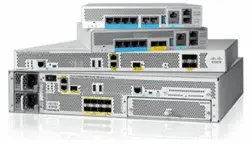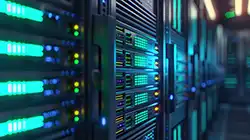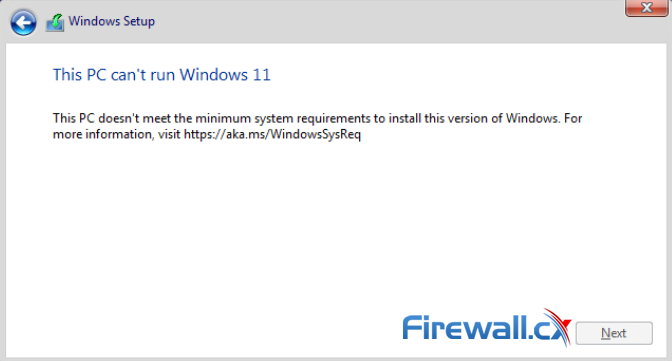Complete Guide: How to Download & Deploy The Cisco 9800-CL Virtual Wireless Controller on VMware ESXi
 This article covers the deployment of the Cisco WLC 9800-CL cloud-based controller on the VMware ESXi platform. We explain the CPU, RAM and storage requirements, provide URLs to easily download and install the WLC controller using the OVA template, select the appropriate WLC 9800 deployment size (small, medium, large) and help you understand and configure the different WLC VM network interfaces.
This article covers the deployment of the Cisco WLC 9800-CL cloud-based controller on the VMware ESXi platform. We explain the CPU, RAM and storage requirements, provide URLs to easily download and install the WLC controller using the OVA template, select the appropriate WLC 9800 deployment size (small, medium, large) and help you understand and configure the different WLC VM network interfaces.
Key Topics:
- Introduction to the Cisco 9800 WLC Virtual Controller
- Cisco 9800 WLC Virtual Controller VMware ESXi Requirements
- Cisco 9800 WLC Virtual Controller Deployment Models
- How to Download the Cisco 9800-CL Software
- Installing the Cisco 9800 WLC Virtual Controller in VMware ESXi
- Critical VMware Network Information on the Cisco 9800-CL – vNICs, vSwitch etc.
- Configure a VMware Port Group to Allow Trunking or Single VLAN
- Summary
Introduction to the Cisco 9800 WLC Virtual Controller
Cisco released their next-generation 9800 series Wireless Controllers back in 2018, also offering a cloud-based version that supports VMware ESXi, Microsoft Hyper-V, Amazon AWS, Microsoft Azure, Google Cloud Platform (GCP), Ubuntu/Red Hat Enterprise Linux using KVM, and Cisco NFVIS environments.
The virtualized version of the WLC controller offers great flexibility for organizations while at the same time provides considerable savings thanks to its zero-price tag. Customers are able to freely download and deploy the appliance, with the only restriction being the AP licenses that need to be purchased as an ongoing subscription.
Virtualization offers additional benefits which include:
- Hardware independence. Not hardware involved. Lead times for the hardware-based controllers can sometimes exceed 6-9 months depending on the market demand and other circumstances.
- Decreased cost. The VM option means organizations are saving 6-figure amounts for every 9800-40 or greater model they require. If you’re considering introducing High-Availability (HA), then the Cloud-based controller becomes a much cheaper architecture. Additional savings are added since Smartnet contracts for the hardware are not required.
- Better utilization of virtualization infrastructure. Utilizing the existing virtualization platform increases its ROI.
- Greater Deployment Flexibility. VMs allow you to easily move them from one physical server to another, even between different datacenters or physical locations.
- Increased Redundancy & Backups. Backing up a VM is an easy and simple process. You can even use specialized free VM Backup tools for this process.
Cisco 9800 WLC Virtual Controller VMware ESXi Requirements
Deploying the WLC 9800-CL in an ESXi environment is, as you’ll discover, a simple process. Cisco provides a single OVA file package, roughly around 1.25GB in size:

 In this article, we’ll show you how to setup or install Microsoft Windows 11 on VMware’s ESXi servers and bypass the Trusted Platform Module version 2.0 (TPM 2.0) requirement. We've also made the
In this article, we’ll show you how to setup or install Microsoft Windows 11 on VMware’s ESXi servers and bypass the Trusted Platform Module version 2.0 (TPM 2.0) requirement. We've also made the  Windows 11 Installation Error in VMware ESXi
Windows 11 Installation Error in VMware ESXi